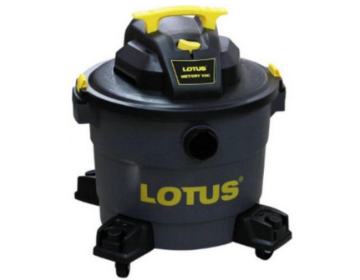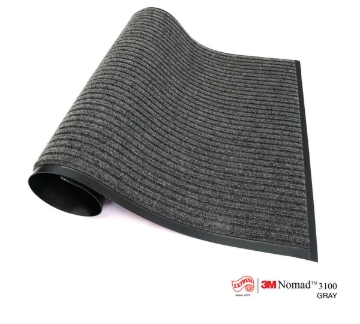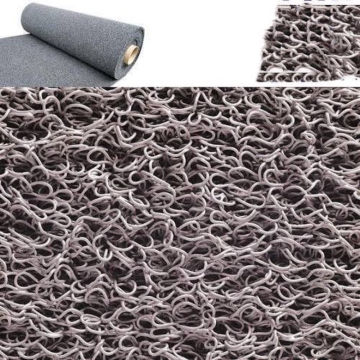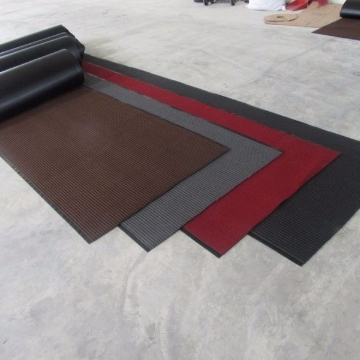Product tags
- wet coring (2)
Related products
Lotus LT18128B 6 Gal Wet / Dry Vacuum + Blower
LT18128B
LT18128B 6 Gal Wet / Dry Vacuum + Blower
₱7,000.00
Ridgid VF7000 Wet Application Filter Foam Type (Black), 40158
40158
Ridgid VF7000 Wet Application Filter Foam Type (Black)
₱3,500.00
Ridgid 1 7/8 Inch, 7 Foot Vacuum Hose Kit for Wet / Dry Vacuums w/ 1-1/4“ Adapter, 31713
31713
Ridgid 1 7/8 Inch, 7 Foot Vacuum Hose Kit for Wet / Dry Vacuums w/ 1-1/4“ Adapter
From ₱0.01
Buddy II 18 Litres Wet and Dry Vacuum Cleaner-NFBUDDYII18
NFBUDDYII18
VACUUM CLEANER W/D 18451124
₱9,875.00
Wet and Dry Nozzle Kit- NF81943049
NF81943049
WET AND DRY NOZZLE KIT FOR BUDDY II VACUUM CLEANER
₱590.00
MaxSell Continuous Rim (Diamond Blades) for Wet Cutting, MCD-4-5-7-8
MCD-4-5-7-8
MaxSell Continuous Rim (Diamond Blades) for Wet Cutting
From ₱469.00
MaxSell Premium Turbo (Diamond Blades) for Wet and Dry Cutting , DBP-4-5-7-14
DBP-4-5-7-14
MaxSell Premium Turbo (Diamond Blades)
From ₱489.00
MaxSell Super Thin (Diamond Blades) for Wet and Dry Cutting, DBG-4T-5T-7T
DBG-4T-5T-7T
MaxSell Super Thin (Diamond Blades)
From ₱529.00
MaxSell Segmented (Diamond Blades) for Wet and Dry Cutting, DBC-4
DBC-4
MaxSell Segmented (Diamond Blades)
From ₱519.00
RIDGID Wet and Dry Vacuum Cleaner 6 Gallons, - RG55413
RG55413
RIDGID Wet and Dry Vacuum Cleaner 6 Gallons
₱24,500.00
RIDGID Wet and Dry Vacuum Cleaner 12 Gallons
RG55418
RIDGID Wet and Dry Vacuum Cleaner 12 Gallons RIDGID Wet and Dry Vacuum Cleaner 12 Gallons -RG55418
₱34,500.00
RIDGID Wet and Dry Vacuum Cleaner 16 Gallons
RG55423
RIDGID Wet and Dry Vacuum Cleaner 16 Gallons - RG55423
₱49,400.00
CLEAN HOME DRY AND WET MOP DOUBLE SIDED 360 FLIP - CHDWMDSF750
CHDWMDSF750
Quickly flip Double sides double function Dry mop wet mops 360 degree flexible
₱750.00
NOMAD WET AREA CARPET MAT W / EDGING GRAY 440MM X 750MM-3M3100440750WEGRAY
3M3100440750WEGRAY
NOMAD WET AREA CARPET MAT W / EDGING GRAY 440MM X 750MM-3M3100440750WEGRAY
₱2,938.00
NOMAD WET AREA CARPET MAT W/ EDGING RED 440MM X 750MM-3M3100440750WERED
3M3100440750WERED
NOMAD WET AREA CARPET MAT W/ EDGING RED 440MM X 750MM-3M3100440750WERED
₱2,937.00
NOMAD WET AREA CARPET MAT W/ EDGING RED 600MM X 880MM-3M3100600880WERED
3M3100600880WERED
NOMAD WET AREA CARPET MAT W/ EDGING RED 600MM X 880MM-3M3100600880WERED
₱4,437.00
NOMAD WET AREA CARPET MAT W / EDGING GREEN 600MM X 880MM-3M3100600880WEGRN
3M3100600880WEGRN
NOMAD WET AREA CARPET MAT W / EDGING GREEN 600MM X 880MM-3M3100600880WEGRN
₱4,437.00
NOMAD WET AREA CARPET MAT W/ EDGING L.BLUE 440MM X 750MM-3M3100440750WELBL
3M3100440750WELBL
NOMAD WET AREA CARPET MAT W/ EDGING L.BLUE 440MM X 750MM-3M3100440750WELBL
₱2,937.00
NOMAD WET AREA CARPET MAT W / EDGING BROWN 600MM X 880MM-3M3100600880WEBRN
3M3100600880WEBRN
NOMAD WET AREA CARPET MAT W / EDGING BROWN 600MM X 880MM-3M3100600880WEBRN
₱3,550.00
NOMAR WET AREA CARPET MAT - GRAY 91CM X 1212CM-3MCM91121GRY
3MCM91121GRY
NOMAR WET AREA CARPET MAT - GRAY 91CM X 1212CM-3MCM91121GRY
₱95,750.00
WET CORING - 4932399712
4932399712
While both of these do the same job, they are often used in different ways and on different materials. For example, dry core bits can be used either dry or with water. On the other hand, wet core bits must have water cooling to operate. Dry core bits, like the name suggests, can be used without water; while wet bits require water-cooling to operate. Using dry bits is convenient and more friendly to DIY users, but it is often not powerful enough to match the drilling power of wet core bits. A wet core is essentially the communal bathroom for several students with lavatories, water closets, and shower facilities. We began by identifying the issues and asking a lot of questions. Are there others using wet cores? What's their experience? How many students should a wet core serve? Wet drills will typically drive the bit through the core faster than dry drill bits because the lubrication of the water helps loosen the material's surface. Wet core drilling also leaves behind a cleaner, more stable hole surface because the water minimizes the dust produced during drilling. Varying with application, an average electroplated diamond core drill/bit will last you 80 to 120 holes. Whereas a conventional metal bond (sintered) diamond drill should last you about 1,200 holes. Water used in diamond drilling and sawing used for the tools acts as a coolant and lubricant for the blade and motor. When water is not used, tools will overheat and become unusable, the drill bit weakens , and the saw blade loses tension resulting in imprecise cuts. Water is introduced to do two different things. First, since core drilling in concrete creates a lot of friction, the drill bit needs to be cooled. Second, the water collects all of the dust and debris getting thrown around and forms a mixture. Three coring methods are practiced: conventional, wireline, and sidewall. Conventional coring, which refers to core taken without regard to precise orientation , encompasses arrange of coring devices and core barrels.
₱46,600.00 ₱58,250.00
WET CORING - 4932399179
4932399179
While both of these do the same job, they are often used in different ways and on different materials. For example, dry core bits can be used either dry or with water. On the other hand, wet core bits must have water cooling to operate. Dry core bits, like the name suggests, can be used without water; while wet bits require water-cooling to operate. Using dry bits is convenient and more friendly to DIY users, but it is often not powerful enough to match the drilling power of wet core bits. A wet core is essentially the communal bathroom for several students with lavatories, water closets, and shower facilities. We began by identifying the issues and asking a lot of questions. Are there others using wet cores? What's their experience? How many students should a wet core serve? Wet drills will typically drive the bit through the core faster than dry drill bits because the lubrication of the water helps loosen the material's surface. Wet core drilling also leaves behind a cleaner, more stable hole surface because the water minimizes the dust produced during drilling. Varying with application, an average electroplated diamond core drill/bit will last you 80 to 120 holes. Whereas a conventional metal bond (sintered) diamond drill should last you about 1,200 holes. Water used in diamond drilling and sawing used for the tools acts as a coolant and lubricant for the blade and motor. When water is not used, tools will overheat and become unusable, the drill bit weakens , and the saw blade loses tension resulting in imprecise cuts. Water is introduced to do two different things. First, since core drilling in concrete creates a lot of friction, the drill bit needs to be cooled. Second, the water collects all of the dust and debris getting thrown around and forms a mixture. Three coring methods are practiced: conventional, wireline, and sidewall. Conventional coring, which refers to core taken without regard to precise orientation , encompasses arrange of coring devices and core barrels.
₱108,000.00 ₱135,000.00










































































































































